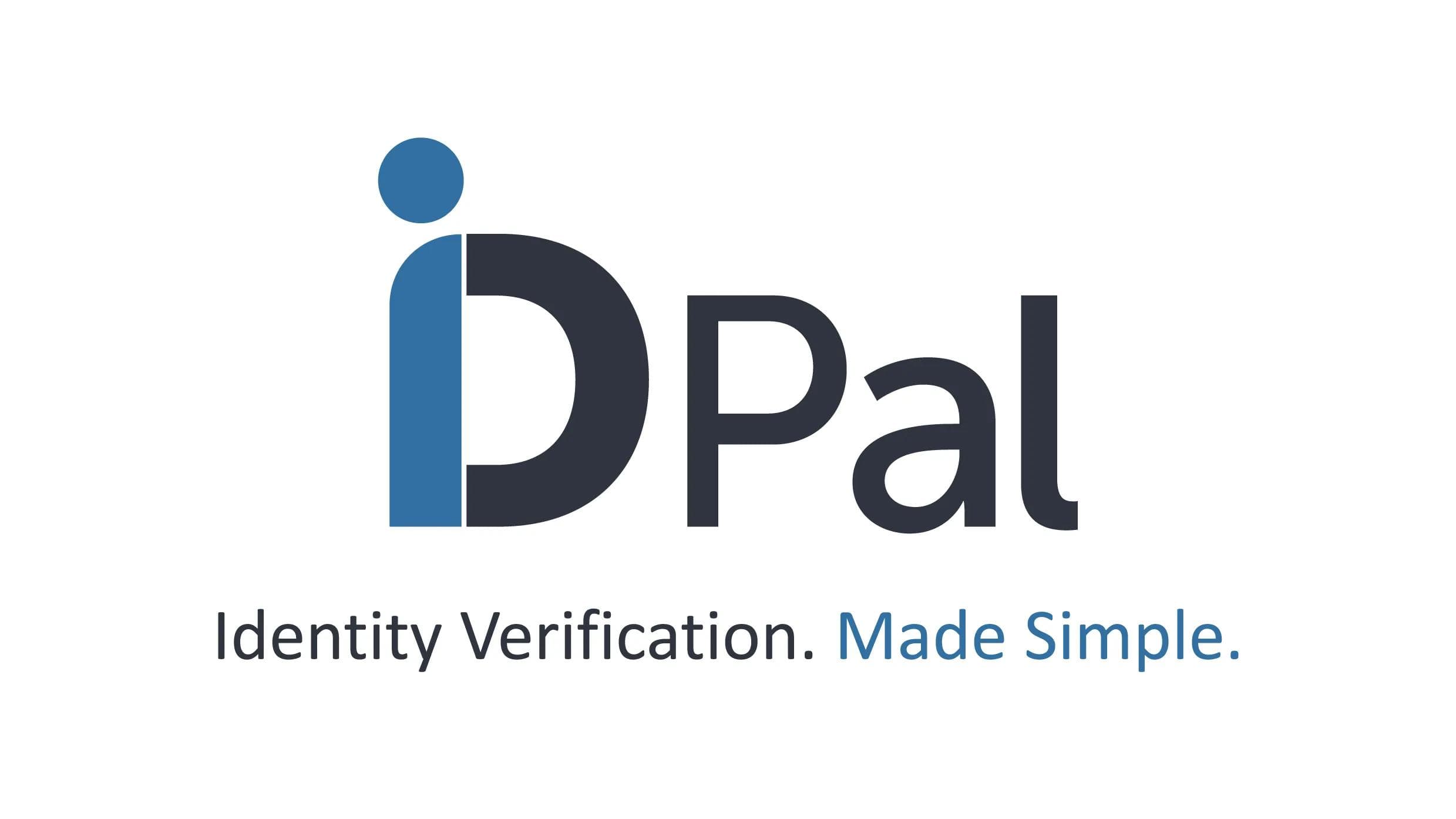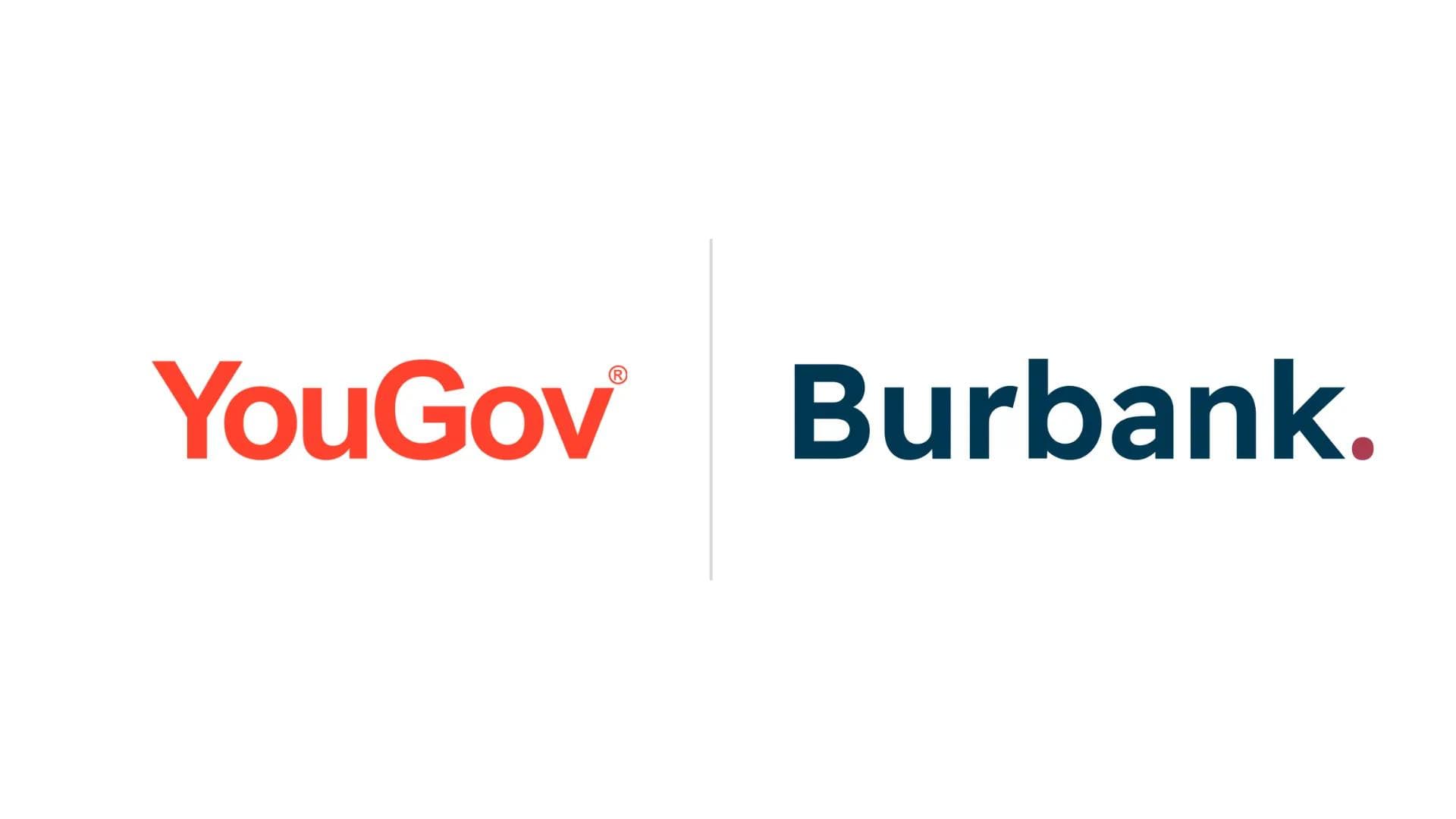Utilising Taxonomies to Define and Detect Problematic Patterns in Legal Drafting
Utilising Taxonomies to Define and Detect Problematic Patterns in Legal Drafting
Published by Jessica Weisman-Pitts
Posted on October 6, 2022

Published by Jessica Weisman-Pitts
Posted on October 6, 2022

Sara Agalliu, Consultant, D2 Legal Technology
Akber Datoo,CEO, D2 Legal Technology
By D2 Legal Technology CEO, Akber Datoo, and consultant, Sara Agalliu
Introduction
Certain patterns in legal drafting threaten the law’s comprehensibility and maintainability. This is further exacerbated as part of the digital agenda when contractual wording needs to sit in the context of surrounding systems and platforms.
Lawyers may encounter these patterns in the form of legally ambiguous or questionable wording, which can arise through unclear syntax, duplicative phrases, inconsistent enumeration, terminology overloading, etc. Some legal scholars draw an analogy between the software engineering concept of “code smells”, which result from poor or misguided programming when code is written without using fundamental standards, and problematic patterns of legal drafting. In a paper entitled “Law Smells: Defining and Detecting Problematic Patterns in Legal Drafting”, legal scholars Corinna Coupette, Dirk Hartung, Janis Beckedorf, Maximilian Bother, and Daniel Martin Katz refer to these patterns as “Law Smells” and argue that they can be detected using text-based and graph-based methods.
The significance of “Law Smells” in the financial services industry
Documentation plays a crucial role in the financial services industry, recording the rights and obligations of contracting parties in respect of various financial instruments. Historically, the legal profession has focused on the form of words when drafting, with only secondary emphasis given to how these clauses could be understood and consumed by non-lawyers managing business and operational processes. With many institutions striving towards digital transformation and process automation, common data standards for documentation are needed to unlock business value – as the clauses now need to be amenable to the use of systems and platforms both up- and downstream within a financial services firm. Yet, problematic patterns in legal drafting, or “Law Smells”, give rise to a lack of structured data variables and present a hurdle to the standardisation and digitalisation of legal data.
The first step in moving from written word-based contracts to those which allow for automation and application of data elements to the broader business is to develop a methodology for detecting “Law Smells”. Identifying and remedying problematic patterns of legal drafting sets the foundations for reproducible, quantitative quality measures for collections of legal rules and data, allowing us to assess the overall law climate and facilitate automatic code review and quality assurance. Lawyers or technologists can use manual inspection methods or automated tools to detect problematic patterns. A pre-defined taxonomy approach can be helpful in identifying specific patterns instead of the typical predictive methods in machine learning.
We are only beginning to understand the prevalence and impact of the application of “Code Smells” to the legal domain, and no meta-analysis currently exists for “Law Smells”. However, three Clause Library & Taxonomy projects recently undertaken with ISDA, ISLA and ICMA respectively, provide a real-world example of the implementation of the taxonomy method that the aforementioned scholars advocate. This involved analysing a large number of documents and, through a series of working groups, identifying key variants by focusing on outcomes of the clauses pre-defined as part of the standard clause taxonomy.
The practical benefits for the financial industry are evident and include improved trade reporting processes, implementation of process automation tools or smart contracts, and the ability to respond to regulatory change quickly.
Conclusion
As the financial services industry progresses further on its digital transformation journey and drive to improve data quality for better downstream use, it is vital that we address the way in which legal contracts are written. Taxonomies to define and detect problematic drafting that are often found in complex financial instrument documentation are a fundamental step in this process.
Explore more articles in the Top Stories category











